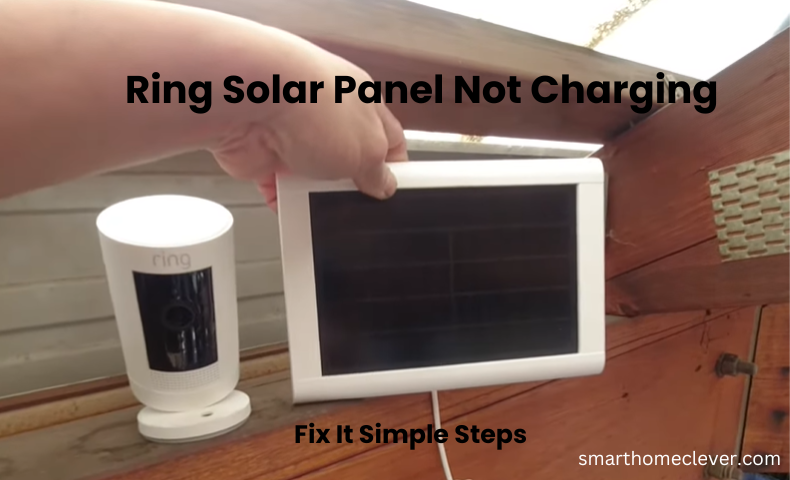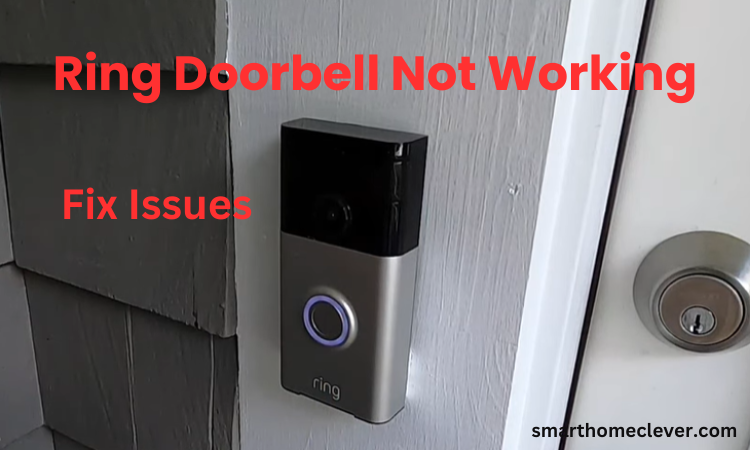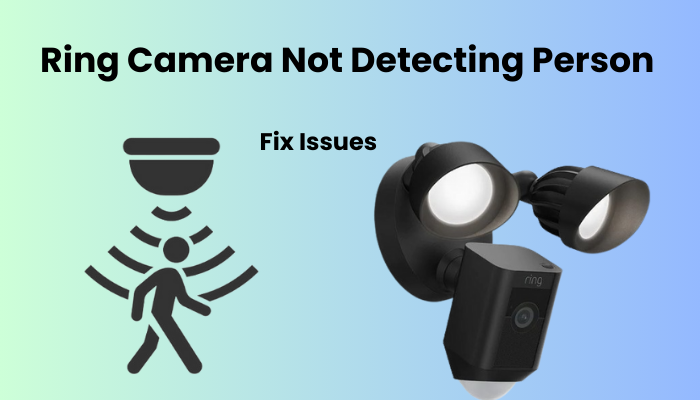If your Nest Camera not connecting to WIFI, it could be due to some common issues. What might be your main problem is the 5 GHz network and VPN running on your device or your network being out of range.
To resolve this you need to make sure you are using a compatible 2.4 GHz network. This will help you successfully add a Nest Camera.
Setting up your camera and network will walk you through some steps to identify and troubleshoot the root cause of connectivity issues.
Why is my Nest camera not connecting to Wi-Fi?
Nest cameras work seamlessly with 2.4 GHz networks, and some newer models can connect to 5 GHz networks based on your location. However, in Canada and Europe, Nest products, treated as outdoor Wi-Fi devices, are limited to pairing with 2.4 GHz networks.
Regardless of your location, it’s advisable to opt for the 2.4 GHz network for enhanced reliability and extended range. Numerous factors can influence the setup of your smart camera:
- Connecting to a 5 GHz Wi-Fi network, as some Nest cameras only support the 2.4 GHz frequency band.
- Insufficient Wi-Fi signal strength for camera registration and initialization.
- Running a VPN or Ad-guard on your mobile device may mask its IP address, hindering access to other devices on the network.
- Configuration options like MAC address filtering, Firewall settings, and Port blocking in routers.
- Camera placement outside the network’s range.
- Failure to grant necessary location or Bluetooth permissions.
- The camera not being in pairing mode, indicated by a rapid flashing light.
- A potentially faulty device.
Make sure to grant the necessary permissions for Nest or Google Home apps. When setting up a Bluetooth device, activate it on your device and consider the Bluetooth range, ensuring proximity for a stable signal.
Power Cycle your Router
If you’re grappling with connection woes on your Nest Camera, a straightforward fix that often does the trick is giving your router a power cycle. It’s like a quick refresh that can sort out glitches and software problems causing the disturbance. Unplug your router, wait a minute for it to catch its breath, and then plug it back in.
Don’t stop there—extend the same courtesy to your security camera. For wired Nest camera models, unplug it from the power for a minute and then plug it back in. It’s a breeze to do and can swiftly iron out those pesky disruptions. If the issue persists, no worries—more troubleshooting steps are waiting for you in the next solution.
Check your Frequency Channel
When you’re troubleshooting connectivity problems with your Nest camera, it’s essential to check the frequency channels it’s using. Nest cameras support both 5GHz and 2.4GHz channels, but for the best performance, I recommend opting for the 2.4GHz channel.
This channel not only offers a broader coverage but also penetrates walls and obstacles more effectively. Head to your router settings to confirm that the 2.4GHz frequency channel is activated for the camera to connect.
Be cautious about having too many devices on the same frequency (2.4GHz) near your Nest camera, as this may cause interference and disrupt the connection.
Check The Connectivity And Configuration of The Router
Begin by logging into your router’s web interface. Use the router’s IP address (commonly 192.168.1.1 or 192.168.0.1) and enter the login credentials. Refer to your router’s manual for specific details.
Ensure that your router is transmitting a WiFi signal. Check the WiFi indicator lights on the router. If they’re off, there might be a power or hardware issue. Troubleshoot accordingly.
Navigate to the wireless settings section. Verify that your security protocol (WPA2, WPA3, etc.) is compatible with your Nest Camera. Adjust security settings if needed, ensuring a secure yet compatible connection.
Confirm the encryption method used (AES, TKIP, or both). Your Nest Camera must support and be configured to use the same encryption as your router. Align these settings for optimal connectivity.
In the router settings, check the DHCP (Dynamic Host Configuration Protocol) settings. Ensure that the router is apportioning exceptional IP locations to associated gadgets, including your Nest Camera.
Move Your Camera Closer
As you move away from the main router or encounter more obstacles, the signal strength tends to weaken.
For optimal performance, it’s advised to initially set up the camera near the router and then relocate it to its intended installation spot. This ensures a robust signal during the setup process, where the camera gets registered to your account and communicates with the cloud servers.
To prevent potential offline issues, make sure that the final installation location receives a strong network signal, whether it’s for indoor or outdoor cameras.
If you find your network signal lacking, consider upgrading to a mesh network topology or installing a Wi-Fi extender to enhance coverage.
Update Nest Camera Firmware
Ensuring your Nest Camera is running on the latest firmware is paramount for optimal performance. Begin by accessing the Nest app on your mobile device and navigating to the camera settings. Follow the simple steps to update your Nest camera firmware.
- Open Nest App: Launch your Nest app on your smart mobile device.
- Access Camera Settings: Navigate to the settings for your Nest Camera within the app.
- Check for Updates: Explore the firmware update feature. If available, proceed to download and install the latest firmware.
- Follow On-Screen Instructions: Adhere to any on-screen prompts or instructions provided during the update process.
- Allow Restart (if required): After updating, allow the Nest Camera to restart if prompted. This ensures that firmware changes take effect.
Reset The Router
To keep your internet connection running smoothly and improve your Nest camera’s performance, consider resetting your router regularly. It’s a good practice to reset your router every few months to prevent potential software glitches. Here’s a simple guide:
- Ensure your router is powered on.
- Locate the Reset button at the back, and use a paperclip to hold it down for 30 seconds.
- Release the Reset button, and then wait for 30 seconds as the router fully resets and powers back on. This routine maintenance can help maintain a reliable and robust connection for your devices.
Factory Reset On Your Nest Camera
When technical glitches persist, a factory reset can be the ultimate solution to breathe new life into your Nest Camera. Access the Nest app, delve into camera settings, and locate the factory reset option. Follow the simple steps factory reset:
- Open the Nest App: Launch the Nest app on your smart mobile device.
- Access Camera Settings: Navigate to the settings for your Nest Camera within the app.
- Locate Factory Reset Option: Find the factory reset option within the camera settings.
- Initiate Reset: Follow the on-screen prompts to confirm the factory reset. This action restores the camera to its default settings.
- Reconfigure Settings: After the reset, reconfigure the Nest Camera settings, including WiFi setup and any preferences you had previously customized.
Performing a factory reset resolves persistent issues, providing a fresh start for your Nest Camera.
Contacting Nest Support
When troubleshooting hits a roadblock, Nest Support is your ally. Reach out through the Nest app or website for expert assistance. Their dedicated team navigates you through connectivity challenges, providing tailored solutions and ensuring your Nest Camera is back online, safeguarding your home with efficiency and reliability.
Final Thoughts
Dealing with a Nest camera not connecting to WIFI can be a real headache. Make sure your network is a 2.4 GHz Wi-Fi, and turn off your VPN and Ad Guard. Follow the troubleshooting steps mentioned to pinpoint and resolve the issue. Once your Nest camera links to your network, personalize the settings to enhance your home security.



